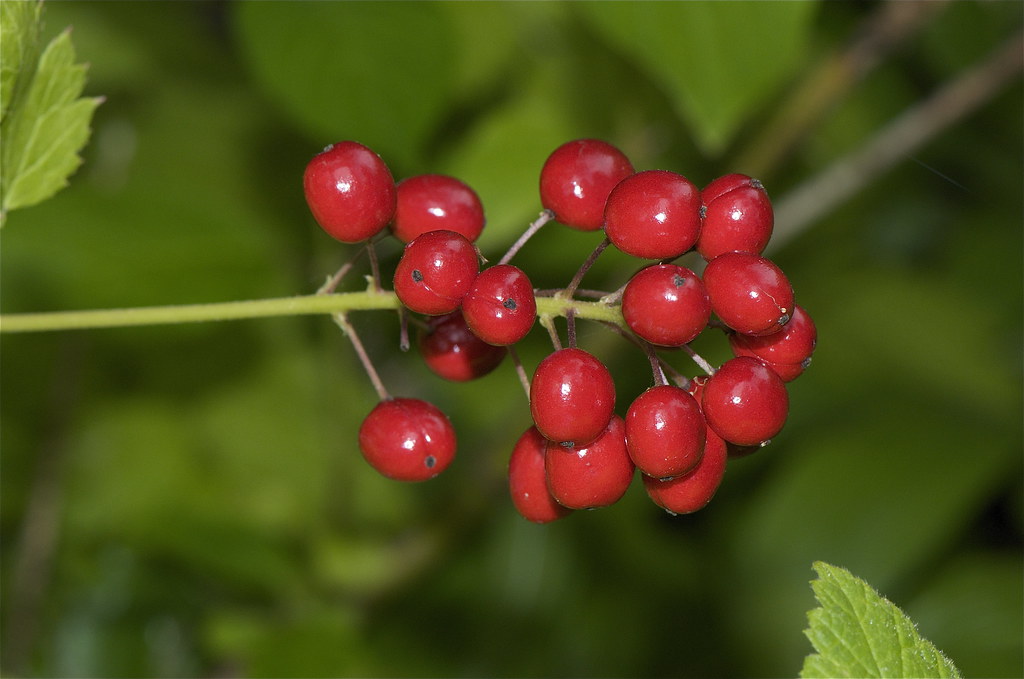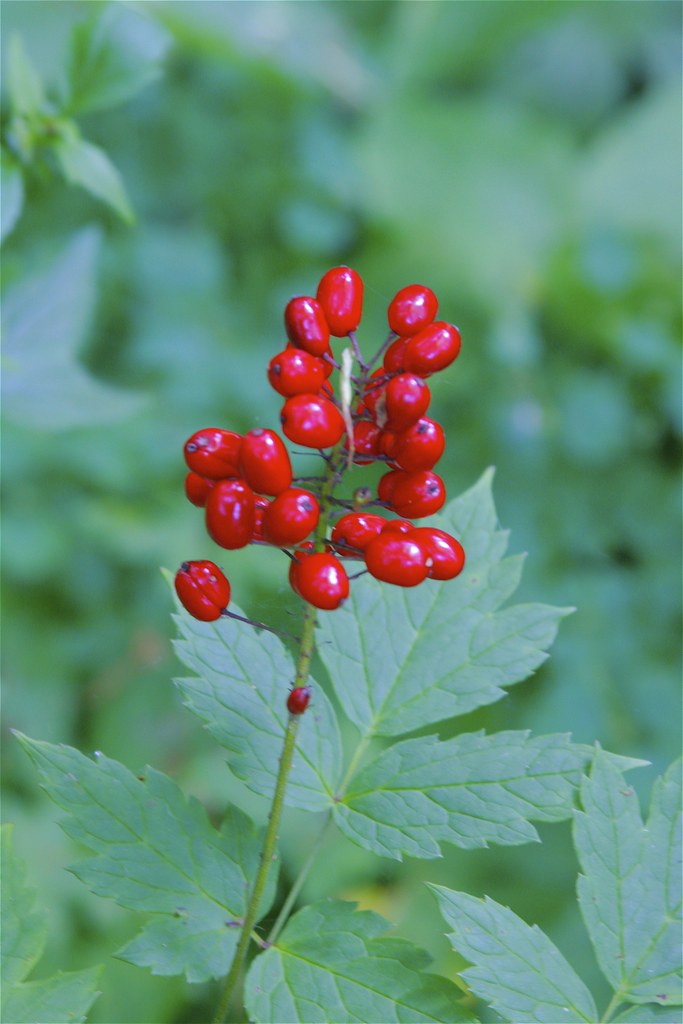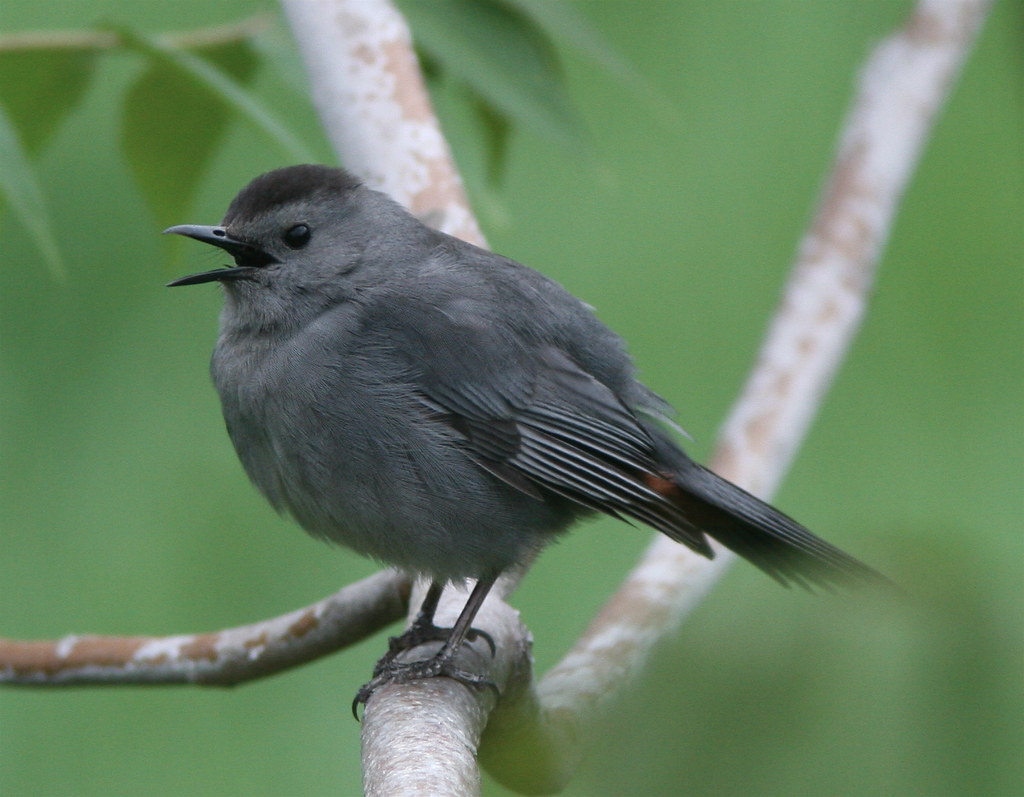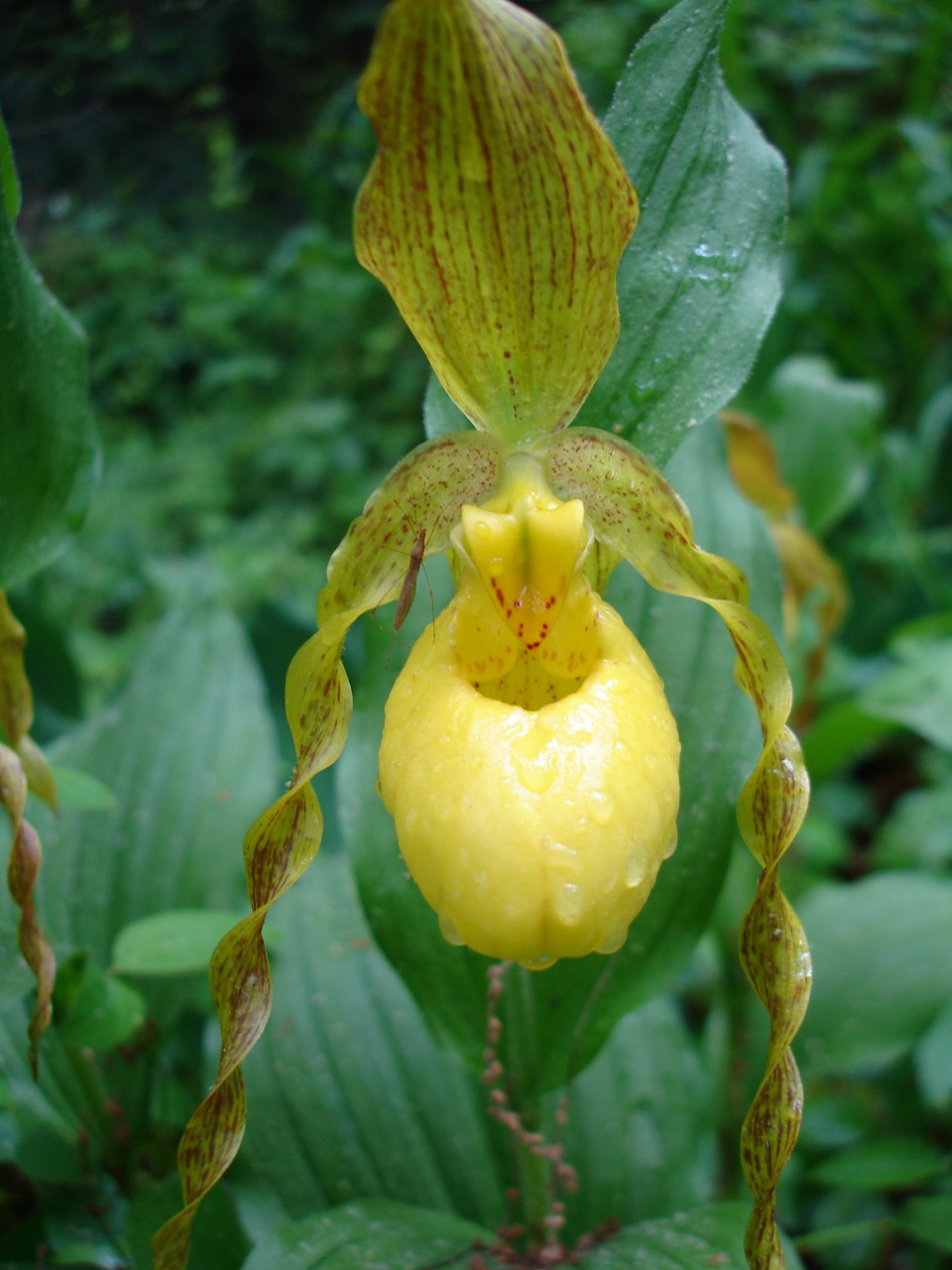By now, you must certainly feel like we've turned the corner here in western Montana and are well on our way to Spring. Sure, we've seen this before. Only a few weeks ago, temperatures were peaking in the 60s, and what did Mother Nature serve us up next? A week of rain and snow! But the weather these past few days, along with the forecast for highs in the 70s this weekend, has me convinced that Spring is here to stay. There's something else that has tipped me off, too . . . wildflowers!
For the past few weeks, since the very first buttercups defiantly sprung up from the ground, things have been slowly - but surely - progressing. Now, there are number of different wildflowers out and about that you should look for on your next hike. Here's a collection of what is in bloom around Missoula:
Waterworks Hill:
On the lower slopes of Waterworks Hill, Arrow-leaf Balsamroot is beginning to dominate the south-facing fields, with some Biscuitroot and Larkspur joining the burst of color. Higher up the trail, Shooting stars and Yellowbells are abundant, while a few hearty Lupine are starting to flower. On the upper, wind-exposed ridge, Missoula White Phlox and Rocky Mountain Douglasia are abundant. There are also countless basal leaves of Bitterroots, but no flowers just yet. Below in Cherry Gulch, there are a few Woodland Stars to be found.
Mount Jumbo:
During a recent trail run along the lower slopes of Mount Jumbo, the most abundant flower appeared to be Buttercups. It was apparent that Yellowbells and Shooting Stars were already on their way out for the season, as the few that were found looked pretty worn. The next wave of flowers set to take over are Biscuitroot, Lupine, Arrow-leaf Balsamroot, and Larkspur, though only a handful of plants were actually in bloom. To my surprise, I found a number of Oregon Grape plants already flowering.
Rattlesnake Creek:
Along Rattlesnake Creek, the towering Ponderosa Pines have provided enough shade to slow Spring down quite a bit. The only flowers to be found in bloom were Buttercups. On some of the hills above the creek, a few Glacier Lilies provided a welcome surprise. Other than that, things appear to be a few weeks behind where they were last year. This may not really be related to wildflowers, but I'm sad to report that I have yet to find morel mushrooms in the areas I discovered them last year. Hopefully, the warm weather of late will be more conducive to wild mushroom foraging!
For the past few weeks, since the very first buttercups defiantly sprung up from the ground, things have been slowly - but surely - progressing. Now, there are number of different wildflowers out and about that you should look for on your next hike. Here's a collection of what is in bloom around Missoula:
 |
| Shooting Stars on Waterworks Hill |
On the lower slopes of Waterworks Hill, Arrow-leaf Balsamroot is beginning to dominate the south-facing fields, with some Biscuitroot and Larkspur joining the burst of color. Higher up the trail, Shooting stars and Yellowbells are abundant, while a few hearty Lupine are starting to flower. On the upper, wind-exposed ridge, Missoula White Phlox and Rocky Mountain Douglasia are abundant. There are also countless basal leaves of Bitterroots, but no flowers just yet. Below in Cherry Gulch, there are a few Woodland Stars to be found.
Mount Jumbo:
During a recent trail run along the lower slopes of Mount Jumbo, the most abundant flower appeared to be Buttercups. It was apparent that Yellowbells and Shooting Stars were already on their way out for the season, as the few that were found looked pretty worn. The next wave of flowers set to take over are Biscuitroot, Lupine, Arrow-leaf Balsamroot, and Larkspur, though only a handful of plants were actually in bloom. To my surprise, I found a number of Oregon Grape plants already flowering.
 |
| Arrow-leaf Balsamroot on Waterworks Hill |
Rattlesnake Creek:
Along Rattlesnake Creek, the towering Ponderosa Pines have provided enough shade to slow Spring down quite a bit. The only flowers to be found in bloom were Buttercups. On some of the hills above the creek, a few Glacier Lilies provided a welcome surprise. Other than that, things appear to be a few weeks behind where they were last year. This may not really be related to wildflowers, but I'm sad to report that I have yet to find morel mushrooms in the areas I discovered them last year. Hopefully, the warm weather of late will be more conducive to wild mushroom foraging!
 |
| Rocky Mountain Douglasia on Waterworks Hill. |
Oh, and since I've already strayed away from wildflowers with my mushroom rant, here's a killdeer nest:
 |
| Killdeer Nest in the Upper Rattlesnake. |
We would love to hear about your wildflower observations or any other Spring happenings you've come across in the comments!














+flower.JPG)
.jpg)










